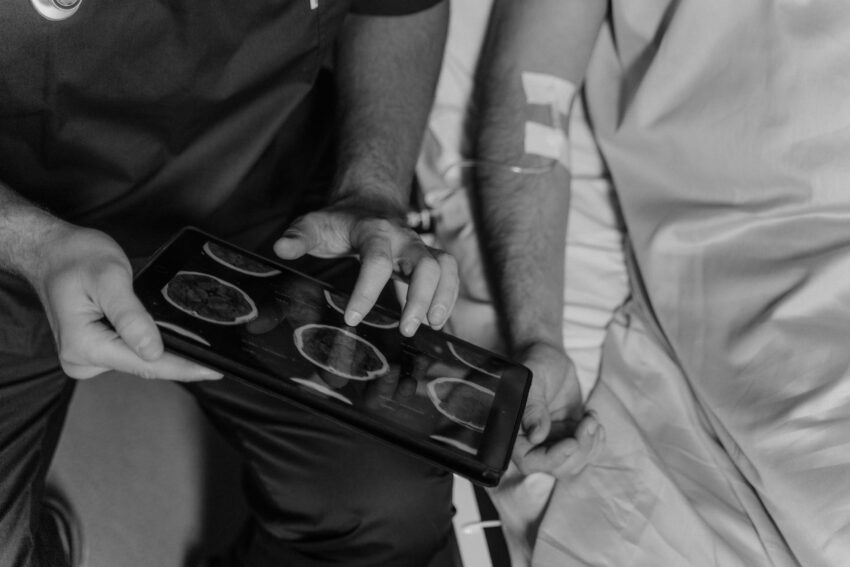The landscape of mental health treatment is reaching a transformative moment as scientists uncover the potent potential held within psychedelic-assisted therapy. This emerging field is building upon decades of neuroscience and clinical research to demonstrate the therapeutic effects of psychedelic substances on a range of mental health disorders. But what is the scientific framework behind these profound effects?
At the core of psychedelic therapy, we find a remarkable interplay between brain imaging technology, neuroscience, and the natural properties of psychedelic compounds. One primary compound of interest is psilocybin, a naturally occurring psychedelic substance found in magic mushrooms that researchers have leveraged in a plethora of clinical experiments. According to Johns Hopkins Medicine, psilocybin interacts with serotonin receptors in the brain, predominantly in the prefrontal cortex. This region of our brain influences mood, cognition, and perception.
Serotonin, known as the “feel good” neurotransmitter, plays a significant role in regulating mood among several other functions. When interacting with psilocybin, the brain’s serotonin receptors experience a kind of amplified engagement leading to a cascade of complex neural pathways activation. Advancements in brain imaging technologies have allowed researchers to explore these neural complexities further and better understand how these interactions contribute to the therapeutic effects witnessed in psychedelic-assisted therapy.
One of the most intriguing discoveries from brain imaging studies is how the psychedelic state dissolves the patterns of neurological activity associated with the brain’s default mode network (DMN). The DMN is active when our minds are at rest and not focused on the outside world. It’s also linked to our sense of self, past and future thinking, and self-referential thought. Under the influence of psychedelics, this network experiences a decrease in activity, which researchers believe may contribute to the ‘ego-dissolution’ and ‘one-ness’ feelings often reported during psychedelic experiences.
But how does this relate to therapy? Here’s where the science gets even more fascinating. Many psychiatric disorders, like depression and anxiety, have been associated with an overactive DMN. Essentially, sufferers get stuck in harmful thought patterns and ruminations about themselves. By disrupting these networks, psychedelics could potentially offer a sort of ‘reset’ button for the brain, enabling patients to escape these maladaptive thought cycles.
Moreover, psychedelics enhance neural plasticity – the brain’s ability to form new connections and pathways – a concept highlighted by many research institutes such as in a study conducted by the University of California. This increased neural plasticity could pave the way for individuals to form healthier patterns of thought and behavior, supporting long-term recovery.
Naturally, the field of psychedelic-assisted therapy is still young, and numerous questions remain unanswered. While the initial results from clinical research seem promising, controlled, double-blind studies on larger scales are needed to corroborate these findings and ensure the therapy’s safety and efficacy. However, the investigations thus far are undeniably exciting, suggesting a radical evolution in our approach to mental health may be on the horizon.
In conclusion, as our understanding of the brain evolves, so too does the evidence supporting the use of psychedelic substances in therapy. Interactions with serotonin receptors, alterations in the default mode network, enhanced neural plasticity – these are just the beginning of the fascinating neuroscientific narrative unfolding around psychedelic-assisted therapy. As this story continues, we can anticipate profound transformations in mental health therapy and a deeper understanding of the incredible complexities of the human brain.
